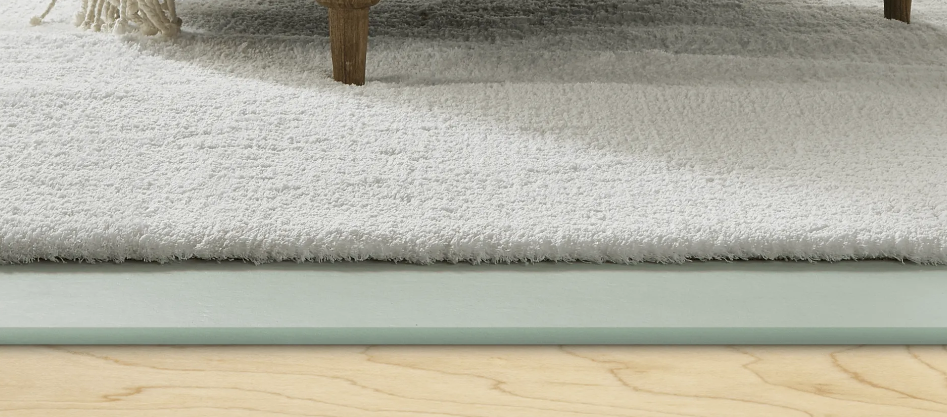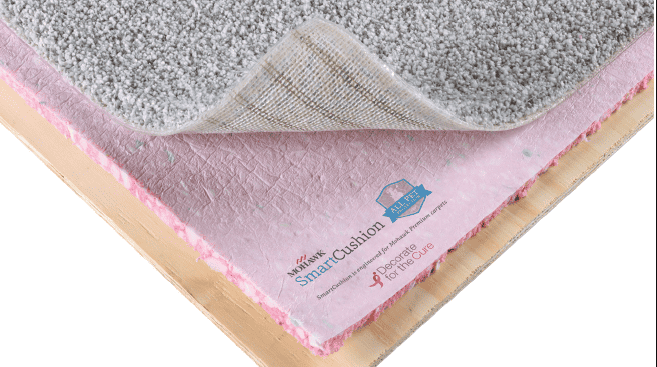Carpet underlay may not be the first thing that comes to mind when considering home renovations or interior design, but its significance should not be underestimated. Hidden beneath the luxurious surface of carpets, underlay plays a crucial role in enhancing comfort, durability, and insulation. In this article, we delve into the world of carpet underlay, exploring its various benefits and why it deserves more attention in the realm of home improvement.
What is Carpet Underlay?
Carpet underlay, also known as carpet padding or carpet cushion, is a layer of material placed between the subfloor and the carpet. While it may seem like a simple addition, its impact on the overall performance and longevity of a carpet cannot be overstated. Underlay comes in various materials, including chip-foam, memory foam, felt, and fiber, each offering distinct advantages in terms of comfort and support.
Not only are there many different material options, the density of those materials will greatly affect the overall feel and performance of the underlay.

Enhancing Comfort and Softness
One of the primary functions of carpet underlay is to provide additional cushioning underfoot. A quality underlay absorbs impact and distributes weight evenly across the carpet, resulting in a softer and more comfortable surface to walk on. Whether you’re tiptoeing across the bedroom or lounging in the living room, the right underlay can make all the difference in creating a cozy and inviting atmosphere.
Extending Carpet Lifespan
Beyond comfort, underlay serves as a protective barrier for carpets, helping to extend their lifespan. By absorbing the wear and tear of daily foot traffic, underlay reduces stress on the carpet fibers and prevents premature flattening and deterioration. This not only preserves the carpet’s appearance but also saves homeowners money in the long run by reducing the frequency of replacement.
Improving Insulation and Energy Efficiency
In addition to comfort and durability, carpet underlay contributes to better insulation and energy efficiency within the home. By providing an extra layer of thermal resistance, underlay helps to retain heat during the colder months and keep rooms cooler in the summer months. This results in reduced energy consumption and lower utility bills, making underlay a wise investment for both comfort and cost savings.
Absorbing Sound and Reducing Noise
Another often overlooked benefit of carpet underlay is its ability to absorb sound and minimize noise transmission between floors. Whether it’s the sound of footsteps, voices, or household appliances, underlay acts as a sound barrier, helping to create a quieter and more peaceful indoor environment. This is particularly beneficial for homes with multiple levels or shared walls, where noise reduction is essential for privacy and tranquility.
Choosing the Right Underlay
When selecting carpet underlay, it’s essential to consider factors such as material, thickness, and density to ensure optimal performance. Different rooms may require different types of underlay based on their specific needs and usage patterns. For example, a denser underlay may be preferable for high-traffic areas like hallways and staircases, while a softer underlay may be more suitable for bedrooms and lounges. There are even specific underlay options for stairs and basement applications, which can handle the heaviest traffic and full-spread adhesives.

Conclusion
While often overlooked, carpet underlay plays a crucial role in enhancing the comfort, durability, and insulation of carpets. By providing additional cushioning, protecting against wear and tear, improving insulation, and reducing noise, underlay contributes to a more comfortable, energy-efficient, and peaceful home environment. When considering carpet installation or replacement, investing in quality underlay is a decision that homeowners won’t regret, as it ensures that their carpets not only look beautiful but also stand the test of time.







